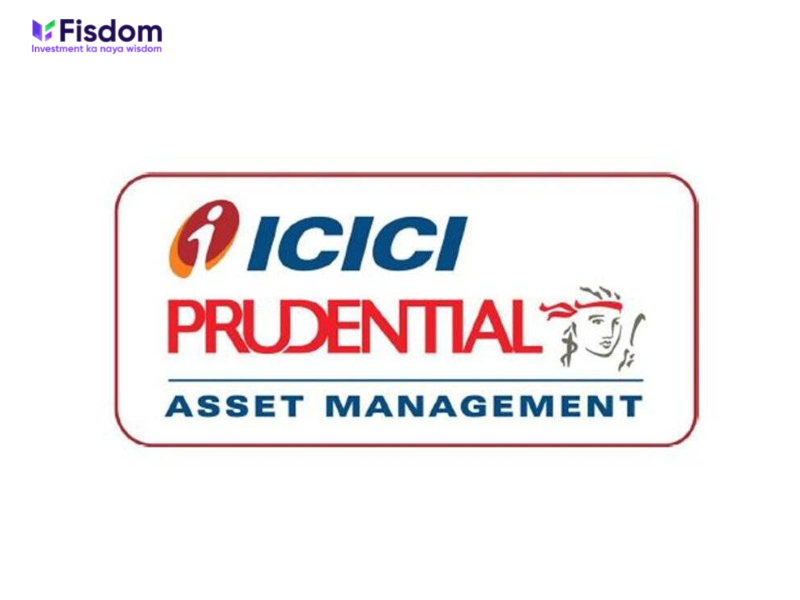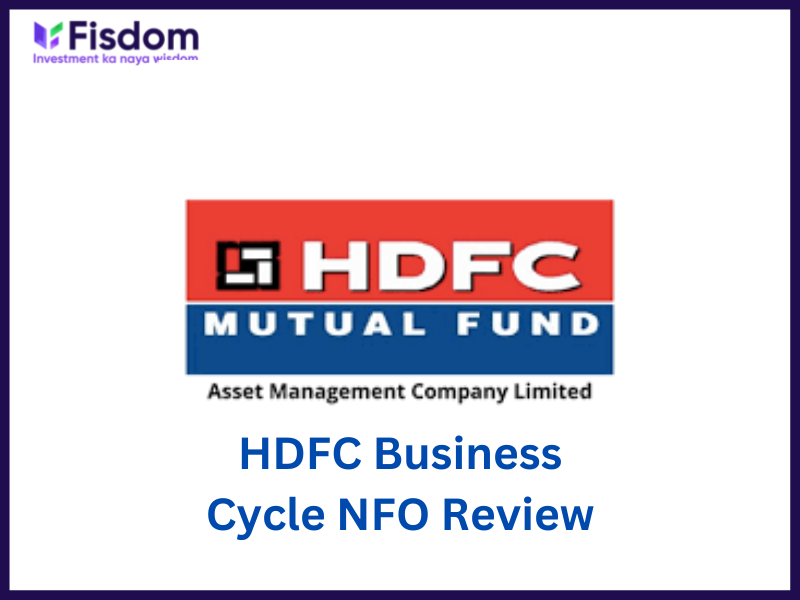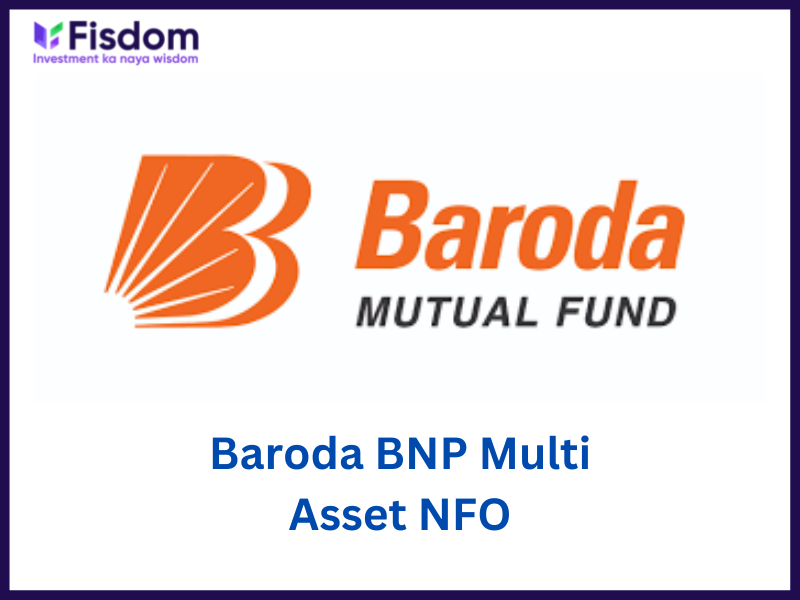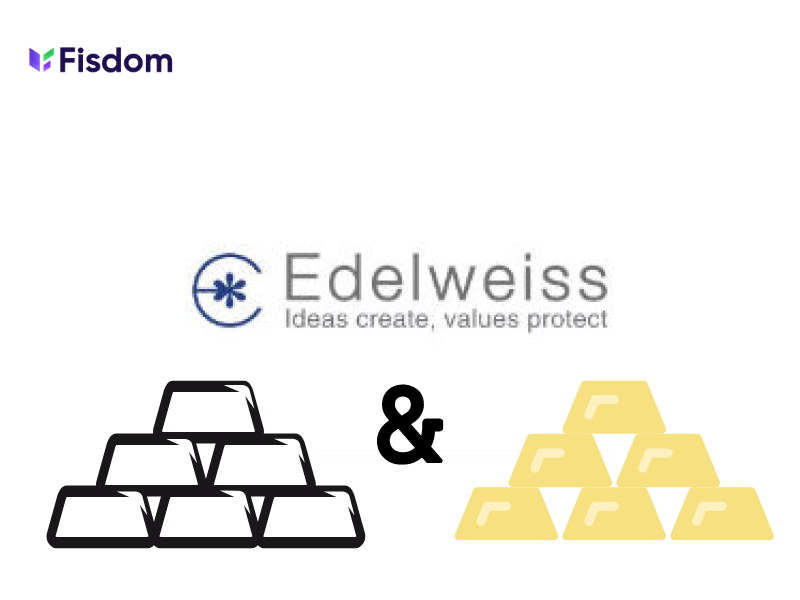
ICICI Prudential mutual fund has launched the ICICI Prudential Nifty 200 Momentum 30 index fund, which is an open-ended index fund tracking the Nifty200 Momentum 30 Index. The index fund will allocate 95 to 100% of its corpus to equity and equity-related securities of companies that are part of the underlying index (Nifty200 Momentum 30 Index). Accordingly, 0 to 5% of the fund’s corpus will be allocated to money market instruments.
The NFO is open for subscription from July 22, 2022, and will close for subscription on August 2, 2022.
Investment objective of the fund
The investment objective of ICICI Prudential Nifty 200 Momentum 30 Index Fund is to invest in companies whose stocks are part of the Nifty200 momentum 30 index. The composition of the fund will be subject to tracking errors. The fund will aim to achieve returns in line with the benchmark index returns by investing in all the stocks that are in the Nifty200 momentum 30 index and in the same weightage as per the index.
Why should you apply for the NFO?
Momentum investing: The investment strategy of this fund will be to capitalise on market trends while following certain risk management norms to deal with volatility. The fund uses technical indicators to determine entry and exit points.
Wide sectoral exposure: The scheme offers investors an opportunity to diversify equity exposure across various sectors. It will invest in 30 stocks from the Nifty 200 Universe and aims to reduce subjective biases by investing in strong companies identified based on well-defined processes.
Low cost: Since this is an index fund, it will be passively managed mainly following the benchmark index composition. Therefore, investors can look forward to a comparatively lower expense ratio and therefore, lower cost of investment.
Passive investment: With a passive investment approach, the fund will aim to mimic the benchmark index composition, thereby limiting fund manager intervention.
Historical index performance: In the table below, investors can look at the risk-adjusted returns of Nifty 200 Momentum 30 index vis-à-vis other benchmark indexes:
| Timeline | Nifty 200 Momentum 30 index | Nifty 200 TRI | Nifty 50 TRI |
| 1-Year | -0.3 | 0.0 | 0.1 |
| 3-Years | 0.6 | 0.5 | 0.5 |
| 5-Years | 0.7 | 0.6 | 0.6 |
Source – NFO document shared by team
Fund details
| Scheme name | NFO details for ICICI Prudential Nifty 200 Momentum 30 Index fund |
| Type of Scheme | The index fund is an open-ended scheme replicating the Nifty 200 Momentum 30 Index. |
| Category of the scheme | Index fund |
| Benchmark | Nifty200 Momentum 30 index |
| Plan options | Regular Plan Direct Plan Both plans will have growth and IDCW options. |
| Fund Manager | Kayzad Eghlim and Nishit Patel |
| Exit Load | Nil |
| Minimum Investment | Rs. 5,000 and in multiples of Re. 1 thereafter |
| Expense Ratio | Unknown |
| NFO Period | 22 July 2022 – 02 August 2022 |
Where can you invest in the NFO?
Head over to the Fisdom App to invest in this NFO.
NFO (New Fund Offer) is launched by the Asset Management Companies (AMCs) to generate funds for launching a new mutual fund. These funds are then pooled to buy the shares or other securities as per the fund’s mandate or the guidelines based on which the fund is launched. NFOs are like IPOs where all the relevant details of the funds are provided at the time of their launch and the units of the fund are usually set at Rs. 10 per unit for a subscription. SEBI guidelines allow the NFOs to be active for a maximum period of 30 days following which the units of the fund are traded based on their daily NAV.
NFOs, at the time of their launch, are launched in two categories namely close-ended funds and open-ended funds. The details of each type of fund are mentioned below.
Open-ended funds
The majority of mutual funds are launched as open-ended funds. Investors can subscribe to the fund at the nominal rate (usually Rs. 10 per unit) during the NFO period. After the NFO period, when the units are traded based on the daily NAV, the investors stand to gain huge capital gains depending on the performance of the fund.
Close-ended funds
Close-ended funds, on the other hand, do not allow the investors to subscribe to the fund after the NFO period is closed.
Investing in NFOs is a very good opportunity to maximize the returns as the units can be subscribed at nominal rates and the returns are potentially higher based on the prevailing NAV at the time of redemption. However, there are several points that need to be considered while subscribing to an NFO. Some of such points are highlighted below.
a)Track record of the AMC
NFOs are offered for the new mutual fund so no proven track record can be reviewed by investors to make an informed investment decision. The investors have to therefore rely on the reputation of the AMC and other details mentioned in the NFO to make an investment decision.
b)Expense ratio (if mentioned)
NFOs need a good amount of publicity to make the investors aware of the fund and the investment opportunity. It is therefore essential for the investors to check the expense ratio of the fund and ensure that it does not outweigh the net gains.
c)Check if the fund is in correlation to the existing portfolio
Recently there have been many NFOs in the market that investors can choose from. However, while selecting the fund the investors must check if the fund is not similar to an existing fund in their portfolio. For example, if the fund is a large-cap fund and the investor already has one or two similar funds in their portfolio, investing in another will not add much value to the net returns or the diversification of the portfolio. On the other hand, many NFOs can be sector-specific or country-specific. In such a case, investors have to check if the fund is in line with other factors like their risk-return profile and investment goals.
d)Review the SID carefully
Reviewing the SID (Scheme Information Document) is a crucial step that should not be missed by investors while investing in NFOs. It contains all the relevant information about the fund managers, their qualifications, and experience which is crucial for the funds’ performance. Other relevant information includes the investment profile of the fund, target sectors or securities, benchmark index, asset allocation ratio, etc. This helps the investors understand the returns expectation of the fund as well as the target investments where the fund will invest the pooled funds. Investors having a risk-return profile in line with that of the fund can thus invest in such funds.
Investment in NFOs can be done through two main routes i.e., the online or offline modes. The details of the same are mentioned below.
a)Online mode
The online mode of investment is suitable for investors already having a Demat account and a trading account. Investors can simply select the NFO and invest by selecting the number of units to invest and paying for the same through online payment modes available on the platform.
b)Offline mode
The offline mode of investment in NFOs is through registered brokers and distributors. Investors can contact their brokers and distributors providing them with the details of the amount to be invested and they can invest in the selected NFOs on their behalf. Investors can make hassle-free investments through such modes as all the necessary forms to be filled and the formalities to be met are looked after by these entities giving investors the benefit of ease of investment. The charges for such services are nominal when compared to the potentially high returns.
























